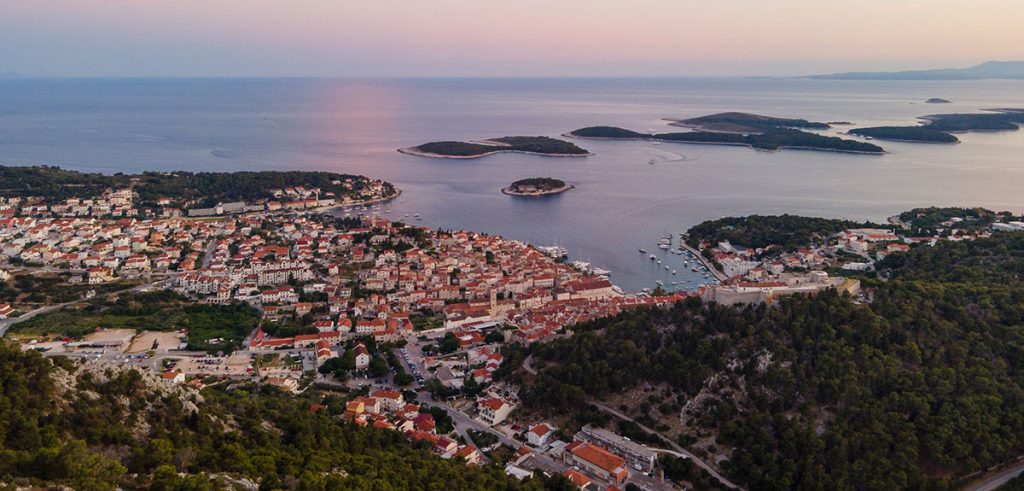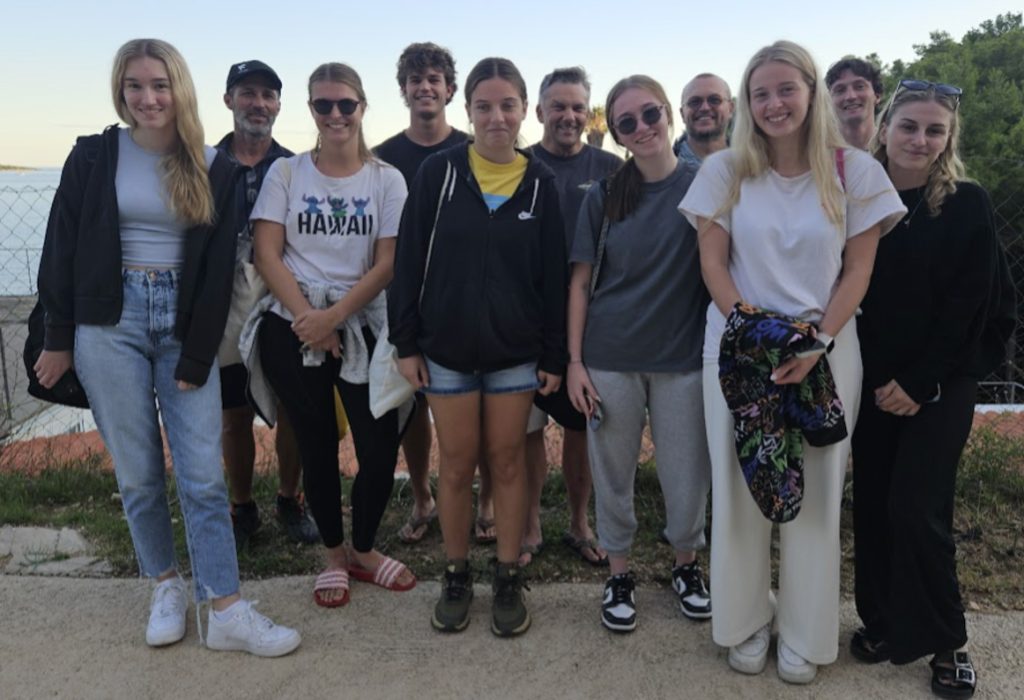One Croatian island is a phenomenon that stands out all over the world
The famous and beautiful Croatian island has in recent years become a tourist-party place that often forgets and neglects its extremely valuable cultural and historical heritage.
Written by Hina, January 4, 2025 @ 08:55
Hvar Photo: Getty Images
The island of Hvar is a kind of sociological-anthropological phenomenon because as many as 24 academics are from there, which is what the ten-year multidisciplinary project “Decade of Academics of the Island of Hvar” is dealing with, says deputy project manager Tarita Radonić.
It is the island with the largest number of academics in the world, claims Radonić and explains that based on consensus, all regular members of the academies of science and art born on Hvar, as well as those originally from the island, that is, whose first and second family generations originate from Hvar, are considered Hvar academics.
Heritage is being forgotten due to tourism and partying
“According to our current analysis, Stari Grad can boast six academicians, while Brusje has five. Šime Ljubić, Tomislav Raukar, Nikša Stančić and Jorjo Tadić were born in Stari Grad, while Tonko Maroević is from Stari Grad on both his mother and father’s side, and Antun Šoljan on his father’s side. Mate Hraste was born in Brusje, and Kažimir Hraste, Marin Hraste, botanist and virologist Davor Miličić and cardiologist Davor Miličić also hail from there,” says Radonić.
“The Decade of Academicians of the Island of Hvar (2025 – 2035)” is a long-term project whose purpose is to celebrate academicians from Hvar through interdisciplinary research, documentation, contextualization, presentation and public communication on a discursive and visual level.
The goals are to collect, analyze and present biographical and bibliographical material of Hvar academics, to preserve their tangible and intangible heritage and legacy, to analyze and contribute to the understanding of the phenomenology of Hvar as an island of academics, and to position this phenomenon as an important segment of the development and promotion of cultural and scientific tourism on Hvar.
Renowned cardiologist Davor Miličić told Hina that the Pharos Institute and the Croatian Academy of Sciences and Arts recently signed a cooperation agreement on various projects with an emphasis on promoting the cultural and historical heritage of Hvar, on which professional and scientific conferences will be organized.
Miličić is proud of Hvar, where he spends every summer, has his grandfather there and is connected to the island, but he regrets that in recent years it has become a tourist-party place that often forgets and neglects its extremely valuable cultural and historical heritage.
He reminds us that 99 percent of people who visit Hvar most likely do not know that the oldest city theater in Europe is right there, and they do not know anything about Ivan Vučetić, the inventor of dactyloscopy who dramatically influenced world criminology.
Nowhere else was the cult of education so pronounced
“In the past, people on Hvar considered the education of their children to be the greatest achievement. For example, in Brusje in the 19th and 20th centuries, people ‘took their money’ to send their children to high schools and universities. Nowhere in Croatia was the cult of education probably so pronounced as on Hvar, especially in Brusje,” says Miličić.
It is not only academics who are here, but also university and high school professors, teachers, doctors, lawyers, mathematicians, engineers, journalists, painters, sculptors, musicians and other highly educated people. There are plenty of them originally from Hvar, also proportionally more than anywhere else, he stated.
The director of the International Institute for Science, Art and Culture Pharos, Pero Lučin, recalls that the institute was founded by a group of university professors, scientists and artists from Croatia, Austria, Australia and the USA, who are connected to Hvar by birth or love.
“It is a kind of platform for reflecting on and addressing social, cultural, health, economic, ecological and other challenges related to Hvar, as well as the wider Dalmatian and Mediterranean region,” adds Lučin.
“Pharos” – the International Institute for Science, Art and Culture was founded by a group of university professors, scientists and artists from Croatia, Austria, Australia and the United States, who are – either by birth or love – connected to the island of Hvar. The Institute aims to develop and lead scientific-research, educational, artistic, cultural and interdisciplinary processes of building an active and sustainable community.
Who are the Hvar academicians
The academicians are lawyer Jakša Barbić, internist and toxicologist Tihomil Beritić, poet, literary historian and critic Marin Franičević, writer Marin Franičević Pločar, pathophysiologist Stjepan Gamulin, academic sculptor and graphic artist Kažimir Hraste, chemical technology engineer Marin Hraste, philologist and dialectologist Mate Hraste, writer Živko Jeličić, literary historian and lexicographer Nikica Kolumbić, academic sculptor Kuzma Kovačić, historian and archaeologist Šime Ljubić, literary theorist, essayist, poet and translator Mladen Machiedo.
Among them are art historian, writer and translator Tonko Maroević, botanist and virologist Davor Miličić, cardiologist Davor Miliči
LINK: https://dnevnik.hr/vijesti/hrvatska/otok-hvar-je-fenomen-zbog-velikog-broja-akademika—889057.html

